- Solar energy blog
- Why and how do solar panels degrade?
Why and how do solar panels degrade?


Laura Rodríguez
Business developer
Laura is a renewable and software industry sales professional, currently working at RatedPower as Sales Overlay in North America & Territory Manager Oceania. With a background in International Business and International Trade, Laura previously worked in the business strategy area in various companies as well as as a market analyst for the Government of Spain in Australia.
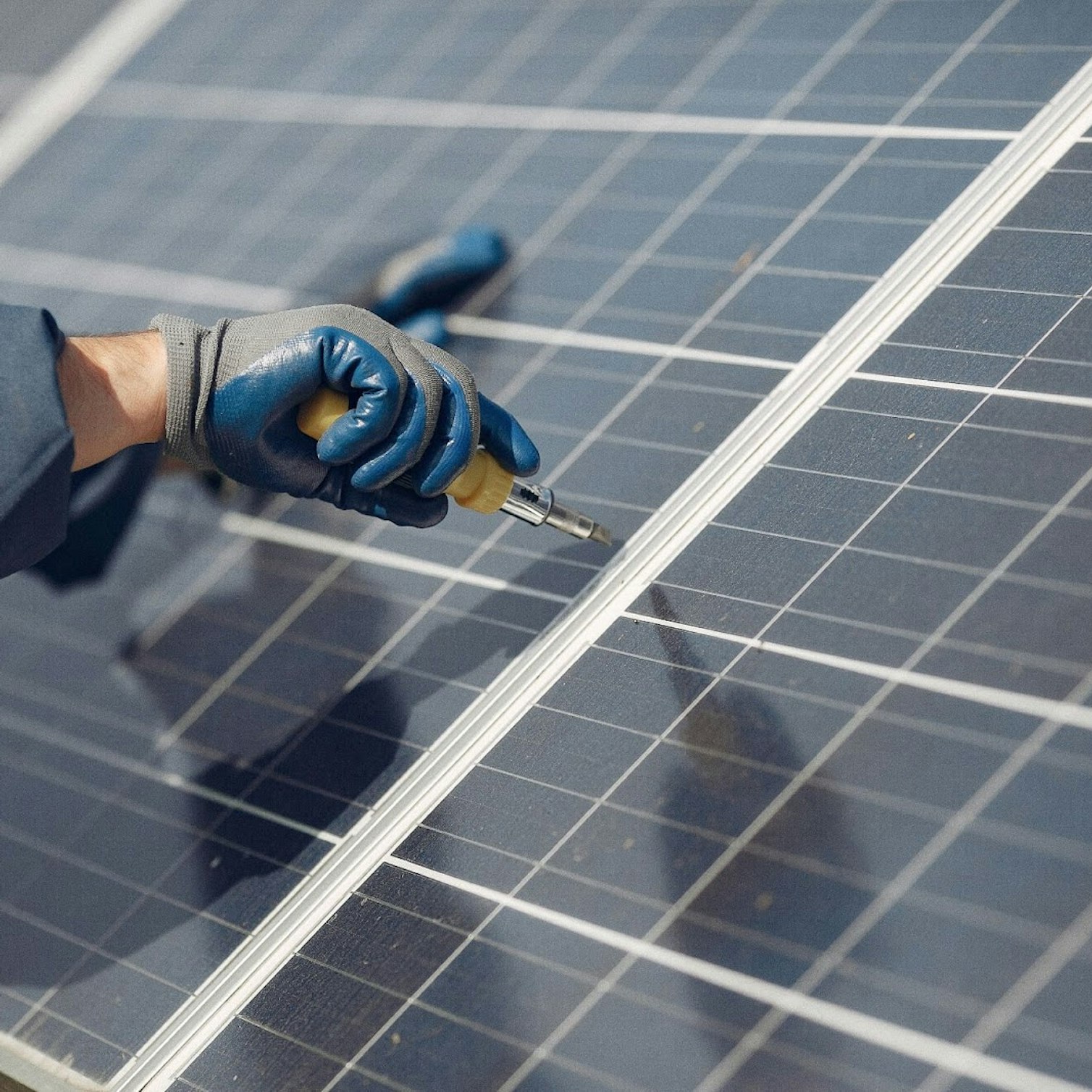
Content
Solar panel efficiency is higher than ever, but the amount of electricity that panels can generate still declines gradually over time. High-quality solar panels degrade at a rate of around 0.5% every year, generating around 12-15% less power at the end of their 25-30 lifespan.
But, what are the reasons for solar panel degradation? What affects the rate at which solar panels degrade and are there ways to extend their lifespan to avoid them ending up as waste?
First off, what causes solar panel degradation?
Solar panels primarily degrade because of normal wear and tear over time from exposure to UV rays and adverse weather conditions. The rate of degradation is included in a panel’s performance warranty.
Light-induced degradation
There are different forms of mechanical and chemical degradation caused by the panel’s exposure to light, these include:
Light-induced degradation (LID). Interaction between the crystalline silicon cells on the panel with the outside environment. LID can last days or over a week.
Direct light-induced degradation (DLID). Direct exposure to sunlight during the initial setup period can cause the electronics within the photovoltaic cells to warp or buckle from the heat. DLID can last a few hours.
UV light-induced degradation (UVID). Initial exposure to sunlight causes the crystalline silicon oxide on the surface of the panel to form a layer of boron dioxide that reduces its efficiency.
In the first 1,000 hours, there’s an adjustment period when the photoconductivity is diminished, reducing the panel’s efficiency by 1-3%, after which it stabilizes.
Potential-induced degradation (PID)
Unlike LID, PID does not necessarily affect every solar panel, but can happen if the different components, such as the photovoltaic cells and the frame, operate at different voltages. This disruption causes voltage leaks, reducing the amount of electricity the panel can send to the inverter.
Age-related degradation
By nature of their exposure to the elements, solar panels degrade over time. Heavy rainfall, snowfall, ice, as well as high temperatures cause hardening of the crystalline silicon, frame corrosion, and cell contamination. Hail, ice, dust, and sand can also cause microcracks on the surface of the panel, and damage to the seal on the panel can result in water getting inside.
Moreover, reactions in the semiconductor materials used in the cells can create shadowing that reduces the amount of light that the panel can convert into power.
What affects the solar panel degradation rate?
Several factors can determine the speed at which solar panels degrade over time, some of which is down to the manufacturer while others are affected by the installer and owner.
Quality
The materials and components including the solar glass, aluminum frame, and solar cells used in the panel can break if they are of low quality. Some manufacturers reduce the amount of aluminum they use in the frame to keep prices down, and thinner frames are more vulnerable to damage.
While a panel may have a low upfront cost, it can cost more in the long run if the failure rate is higher and must be replaced.
Panel assembly
Even with high-quality materials, the way a panel is assembled can affect its lifespan, as not all materials work well together. Incompatible materials and components could accelerate LID or PID if they have an impact on the amount of oxidation or voltage leak.
Installation
Correct storage and handling of the panels before and during installation is essential to avoid damage. Microcracks, scratches, and improper electrical connections during installation affect the panel’s performance.
It’s also crucial for the installer to make sure that the panels are placed on the roof with the optimal angle and clamping, to get the most out of the self-cleaning and mechanical resistance.
Maintenance
While solar panels require minimal maintenance, it’s essential to monitor them to remove any build-up of dust or debris that could affect the electricity output. And, regularly check the connections, cabling, and inverters to ensure none are loose or broken.
Weather
Extreme weather events, such as heatwaves, hurricanes, and snowstorms affect the rate of age-related degradation. Dramatic temperature changes can cause the components to contract and expand, causing cracks and other damage. While heavy snowfall can put pressure on the surface, creating cracks especially if the snow freezes. Hurricanes can cause debris to fall and damage the panel surface.
How can solar panel lifespan be increased?
Buying high-quality solar panels, ensuring they’re installed correctly, and carrying out regular maintenance can help to reduce degradation so that they run at the optimal efficiency throughout their lifespan.
And when the panels reach the end of their power-generating lifespan and need to be replaced, they are still of value. Rather than sending waste solar panels to landfill, recycling can extract most of the valuable components and raw materials for the production of new panels or use in other industries.
The below materials are among those that can be repurposed:
Around 95% of the glass from a panel can be recycled for coatings or packaging
All of the metal frame, which contains aluminum, can be reused for new panels
Around 85% of the silicon content can be extracted for use in solar panels, electronics, or batteries
Polyethylene glycol terephthalate (PET) and ethylene-vinyl acetate (EVA), plastics that account for 5% and 10% of the waste from a solar cell, respectively, can be recovered
In fact, researchers in China have recently developed a new process to extract the PET and EVA without using solvents that cause pollution, making the recycling process more environmentally friendly.
Moreover, silicon recovered from solar panel waste could help to reduce raw material costs in the burgeoning electric vehicle industry, where silicon is increasingly being used in lithium-ion battery anodes.
Do you want to gain further insight into the status of the industry and the key trends for this year and beyond? Download our Energy and Solar Research Report: What’s in store.
eBook: Minimize your shading losses with RatedPower
Download this eBook to examine what shading losses are, the different types of shading, and how you can minimize the shading losses of your next PV installation.
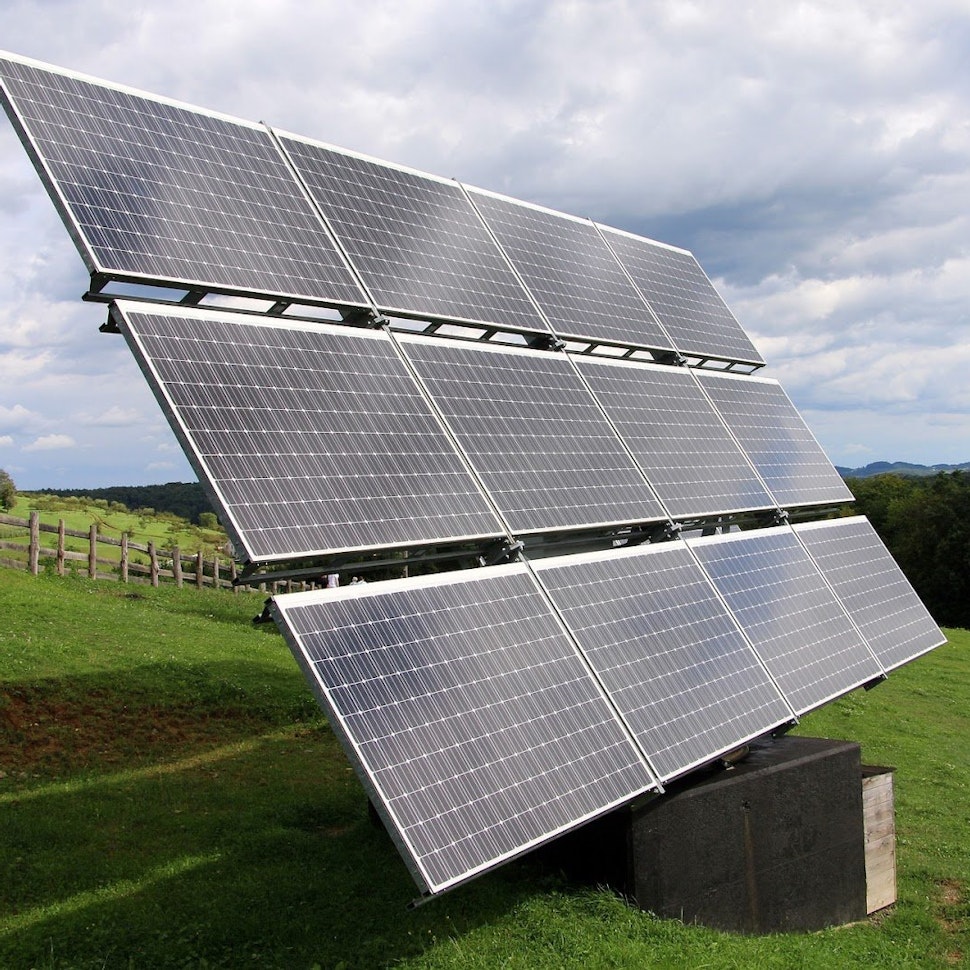
Latest stories
Related posts
Technology and engineering
Innovation in renewable energy: Developments expected in 2025
We look at the 10 biggest renewable industry developments that are making a green future possible, including perovskite solar cells, green hydrogen, and more.
Updated 18 MAR, 25
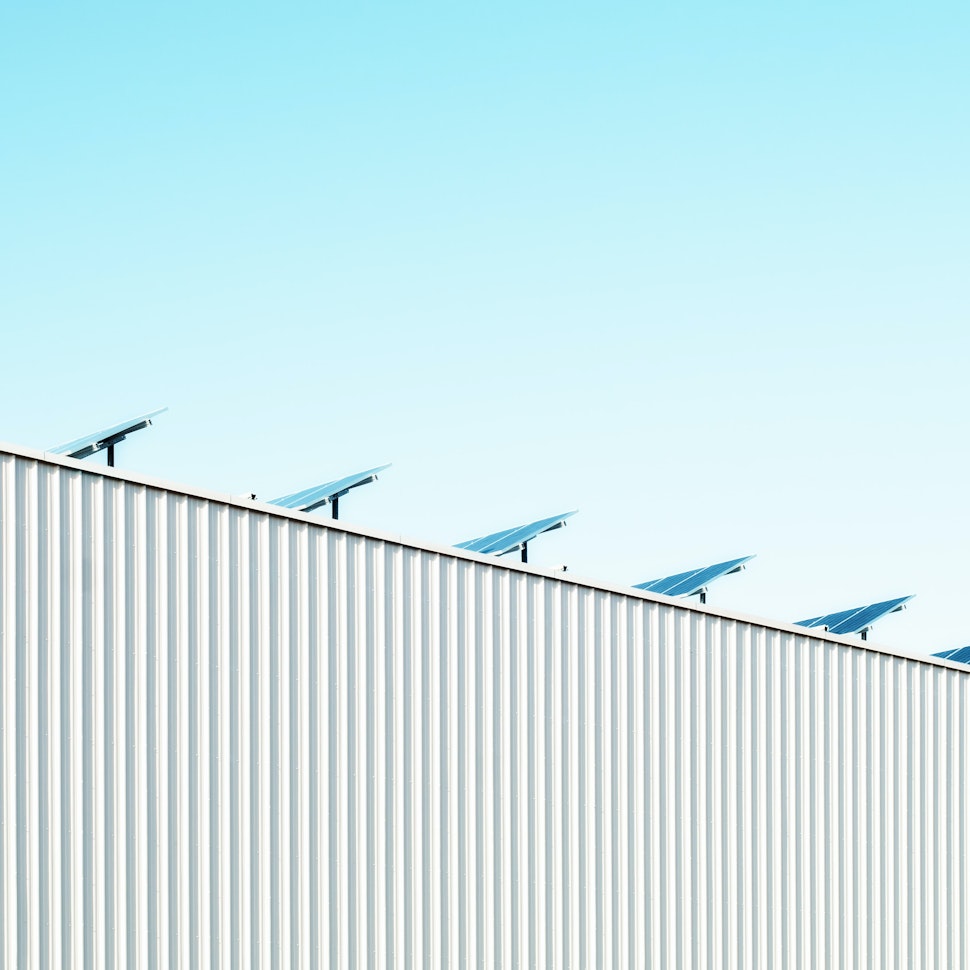
Market analysis
Breaking down solar farm costs: Free template inside
Updated 27 SEP, 21
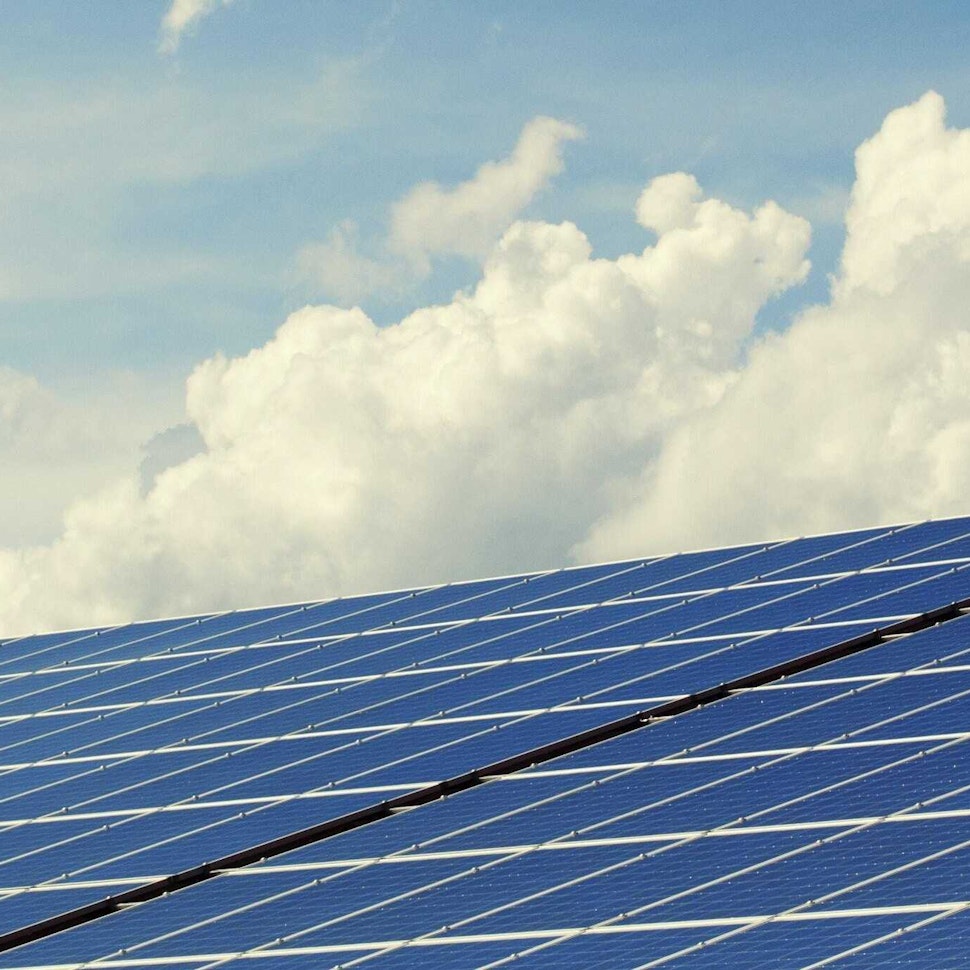
Market analysis
Solar energy in Australia: a 2021 market analysis
Updated 11 MAY, 21
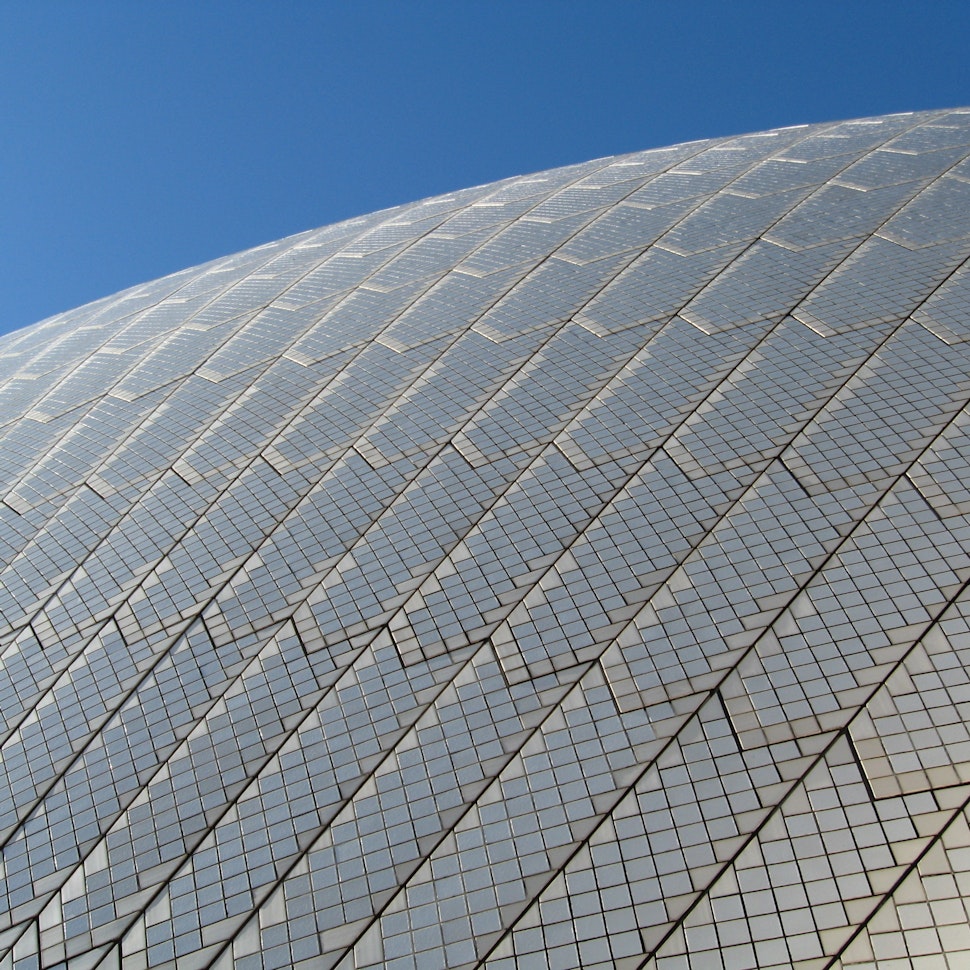
- RatedPower
- Solar energy blog
- Why and how do solar panels degrade?
